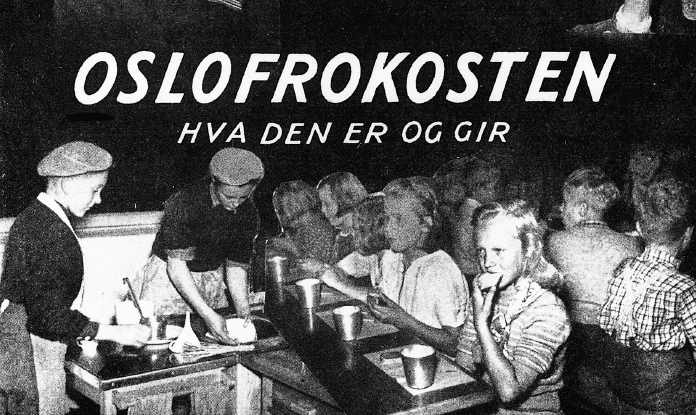The Scandinavian Response to the Depression
Of all the Western democracies, the Scandinavian countries, under Social Democratic leadership, responded most successfully to the challenge of the Great Depression. Having grown steadily in the late nineteenth century, the Social Democrats became the largest political party in Sweden and then in Norway after the First World War. In the 1920s, they passed important social reform legislation that benefited both peasants and workers and developed a unique kind of socialism. Flexible and nonrevolutionary, this Scandinavian socialism grew out of a strong tradition of cooperative community action.
Sweden in particular pioneered in the use of large-scale deficits to finance public works and thereby maintain production and employment. In ways that paralleled some aspects of Roosevelt’s New Deal, Scandinavian governments also increased social welfare benefits such as old-age pensions, unemployment insurance, subsidized housing, and maternity allowances. All this spending required a large bureaucracy and high taxes, first on the rich and then on practically everyone. Yet both private and cooperative enterprise thrived, as did democracy. Some observers saw Scandinavia’s welfare socialism as an appealing middle way between sick capitalism and cruel communism or fascism.

Oslo BreakfastScandinavian Social Democrats championed cooperation and practical welfare measures, playing down strident rhetoric and theories of class conflict. The “Oslo Breakfast” portrayed in this pamphlet from the mid-1930s exemplified the Scandinavian approach. It provided every schoolchild in the Norwegian capital with a good breakfast free of charge. (Courtesy, Directorate for Health and Social Affairs, Oslo)
